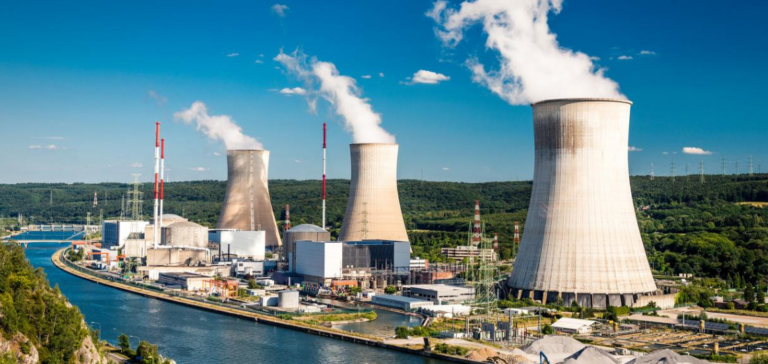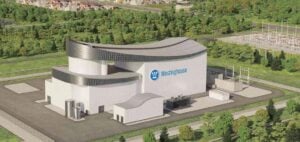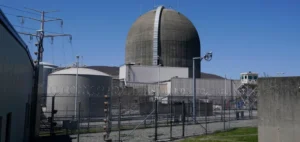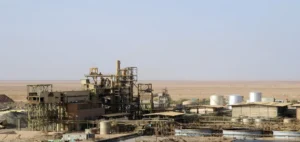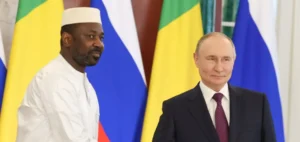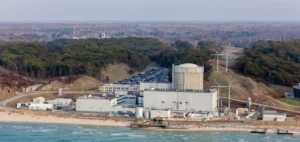In a strategic move to revolutionize the nuclear power sector in Canada, SaskPower, in partnership with Ontario Power Generation (OPG) and Laurentis Energy Partners (LEP), recently took a decisive step forward. This agreement, for a period of up to five years, lays the foundations for a long-term strategic partnership to streamline the development of modular nuclear reactors (SMRs) in Canada.
LEP at the heart of the project
LEP, with offices in New Brunswick, Saskatchewan and Ontario, will focus on program management, licensing activities and operational readiness. This agreement is part of an ongoing collaboration between SaskPower and OPG. Last year, SaskPower selected GE Hitachi Nuclear Energy’s BWRX-300 SMR technology for potential deployment in the province in the mid-2030s, the same technology already selected by OPG for its Darlington New Nuclear project, where the first of four SMRs is scheduled for completion by the end of 2028, and operational by the end of 2029.
Strengthened partnership between SaskPower and OPG
Earlier this year, SaskPower and OPG renewed an agreement to continue their collaboration in nuclear development, including SMR. This partnership involves mutual support through the sharing of experience, technical resources, best practices and operational experience, while envisaging opportunities for future collaboration in areas such as project development and plant operations.
Shared Vision for Sustainable Energy
Ken Hartwick, President and CEO of OPG, points out that the company’s long-standing experience in the construction, operation and maintenance of nuclear power plants will benefit Saskatchewan as it adds nuclear power to its energy mix.
“These agreements adopt a fleet approach that will increase efficiency and reduce costs as we deploy a needed new nuclear generation in both provinces,”
he declared.
International collaboration and future prospects
By 2022, Ontario, Saskatchewan, New Brunswick and Alberta have published a joint strategic plan for SMR deployment, and the BWRX-300 is being advanced for deployment in countries such as Estonia, Poland and the Czech Republic.
“The world is watching Ontario as it works to deploy the world’s first network-wide SMR,”
said Todd Smith, Ontario’s Minister of Energy.
“Ontario stands ready to support partners across Canada – like Saskatchewan – and around the world, leveraging the expertise of our world-class nuclear operators and supply chain to support their deployment of small modular reactors as a clean, reliable source of electricity,”
he added.
SaskPower is working to identify suitable sites for SMR deployment in the mid-2030s, subject to a construction decision expected in 2029. Dustin Duncan, Minister responsible for SaskPower, said the strategic partnership between SaskPower, OPG and Laurentis is an example of ongoing collaboration between the two provinces in many sectors and industries.
“Today’s agreement is not only good for Saskatchewan and Ontario, but will also protect sustainable energy security in Canada for decades to come,”
he concluded.
The agreement between LEP, SaskPower and OPG marks a major milestone in the future of nuclear power in Canada, promising a transition to cleaner, more sustainable energy. This inter-provincial collaboration could well be the catalyst for global energy change, with significant repercussions for future generations.

